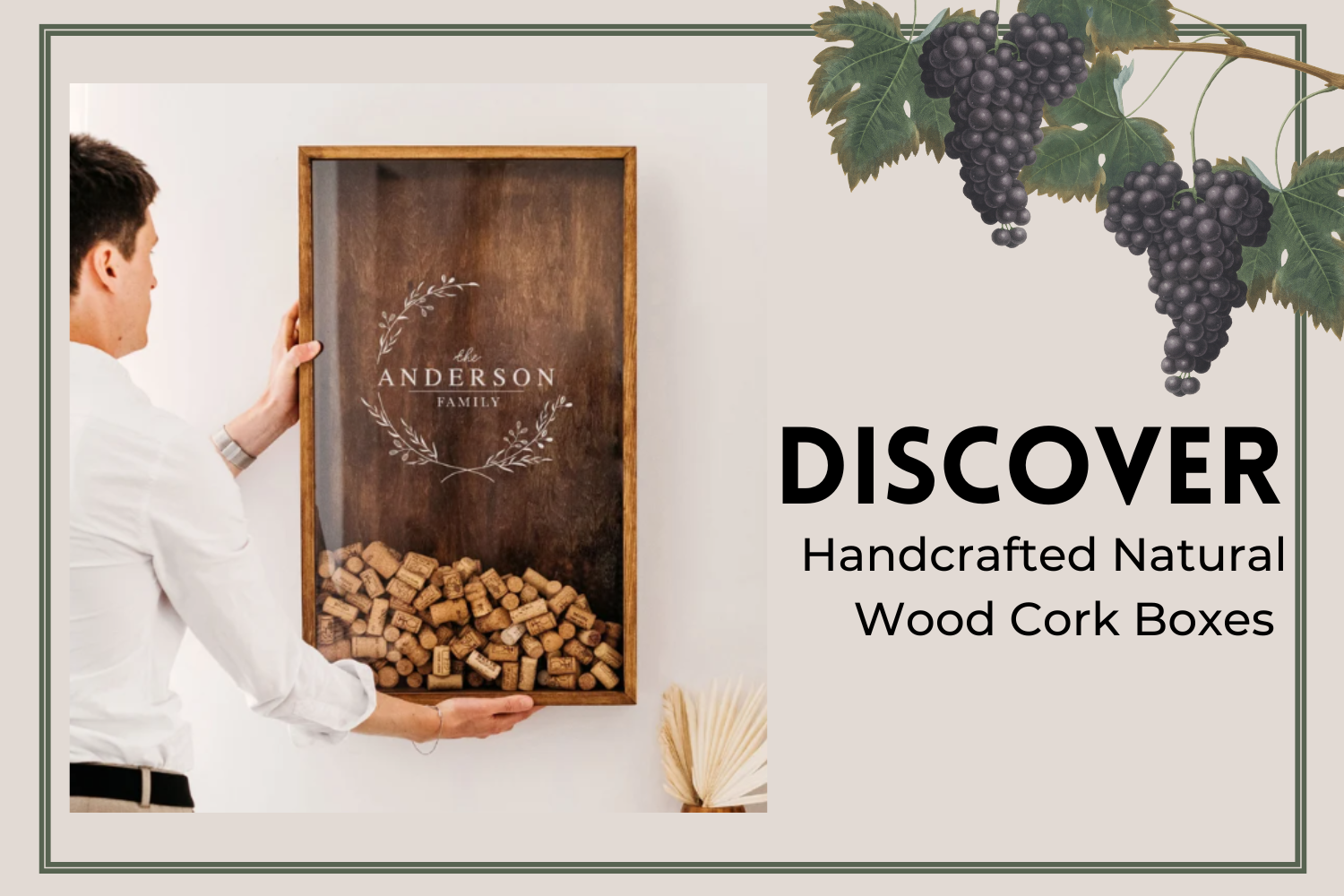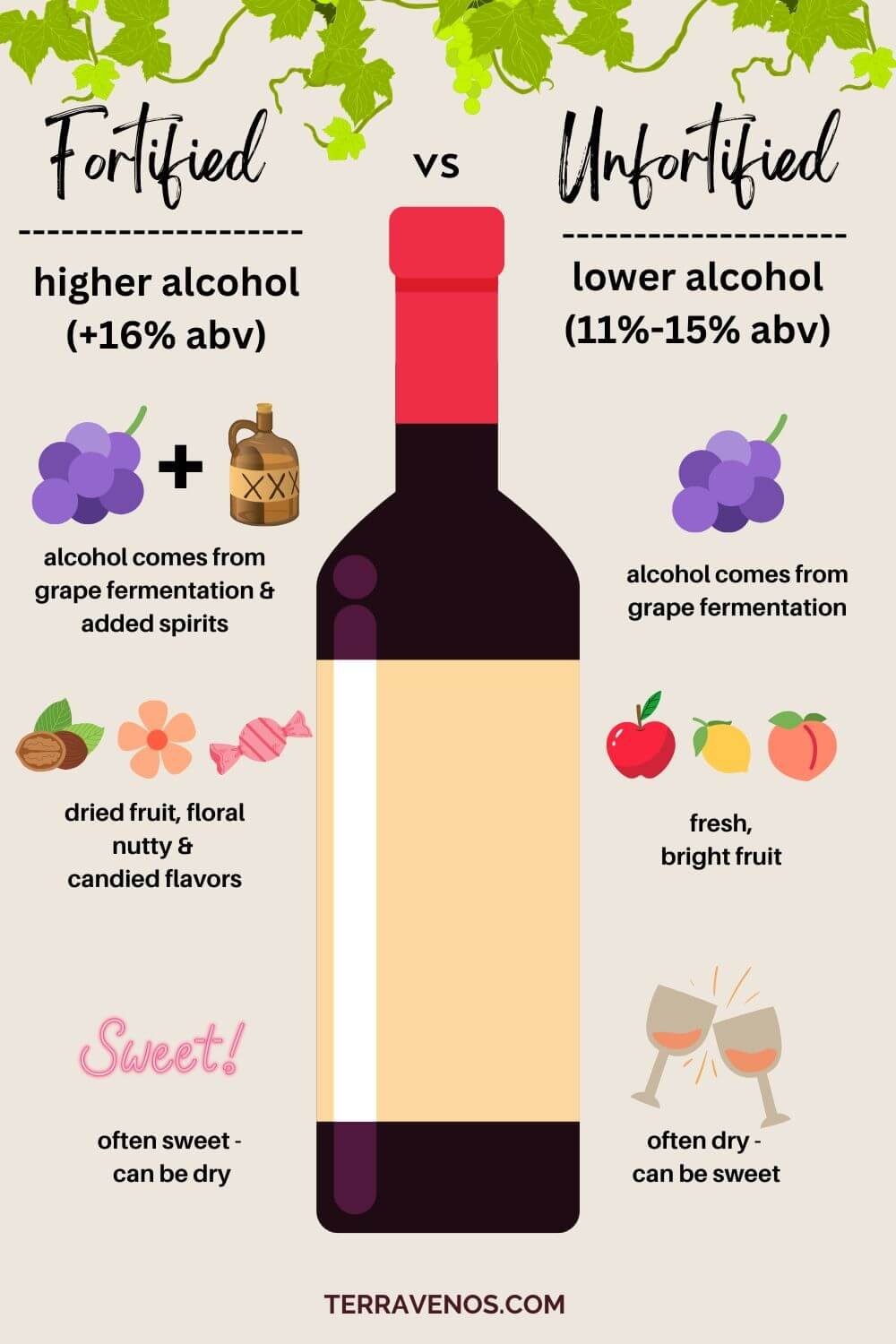
You’ve heard of fortified wines before, but just how are they different from regular table wines?
Fortified wines have distilled spirits added during the winemaking process and are higher in alcohol than unfortified wines, often 17%+ versus 11%-15% abv for traditional wine. No additional alcohol is added to unfortified wines. Both fortified and unfortified wines can be dry or sweet.
Here’s what you need to know about fortified vs unfortified wines.
- Fortified vs unfortified wine: Winemaking
- Fortified Wine Styles
- Fortified vs Unfortified wine: Alcohol Level
- What’s alcohol taste like? Fortified vs Unfortified wines
- Fortified vs Unfortified wine: Flavors
- Fortified vs Unfortified wine: Body
- Fortified versus Unfortified Wine: Sugar
- Fortified vs Unfortified wine: Popularity
- Are Certain Wines Fortified?
- Final Thoughts – Fortified versus Unfortified Wines – It’s all about spirits!
Fortified vs unfortified wine: Winemaking
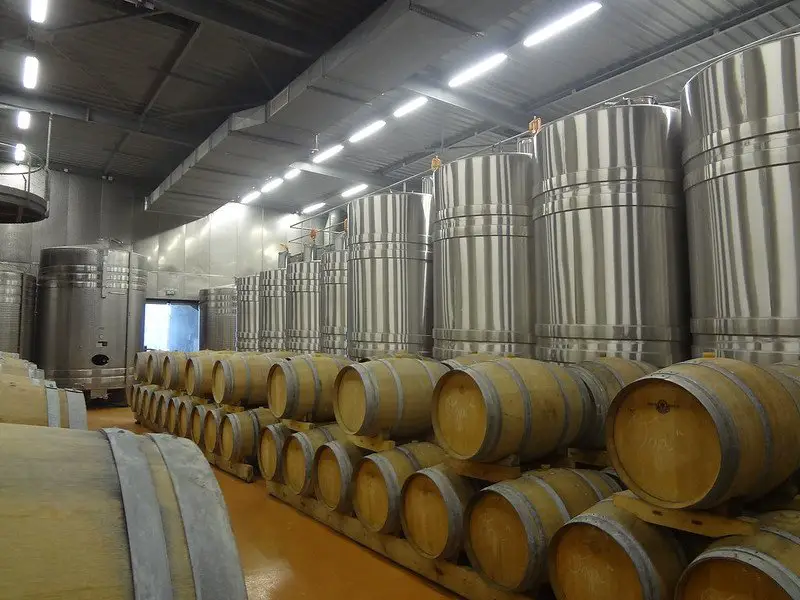
The main difference between fortified and unfortified wines starts with the winemaking processes used in each. Both start out using grapes but end up with distinctive wine styles.
How Is Unfortified Wine Made?
Unfortified wines use wine grapes. The winemaker crushes the grapes to release the juice and then starts the fermentation process. Yeast metabolize the sugar in the grapes, turning it into ethanol.
Helpful Tip: Here’s an in-depth post that covers how wine fermentation works if you’re curious and want to read more.
For the majority of table wines (what you think of as a standard bottle of wine), the winemaker allows the yeast to consume all of the sugar in the juice leaving behind a dry table wine of around 11%-15% alcohol by volume.
So, in this case, anywhere from 11% to 15% of the volume (the liquid) of your bottle of wine is ethanol.
What does non fortified wine mean?
Non fortified wine, or unfortified wine, means that the alcohol in the bottle came from the wine grapes used to make the wine. No additional spirit was added.
Once you’re done with fermentation, you now have a regular, unfortified bottle of table wine.
How Is Fortified Wine Made?
Fortified wines start out like unfortified wines. The winemaker brings in the grapes and starts the fermentation process by crushing the grapes and allowing yeast to begin their work. At this point, things get interesting.
To make a fortified wine, the winemaker has to add distilled spirit.
When, exactly, the winemaker decides to add the distilled spirit will depend on the style of wine they’re trying to make.
What does it mean when a wine is fortified?
If a wine is fortified, it means that the winemaker added distilled spirit to the wine during the winemaking process. This can include aguardiente, brandy, or cognac.
Here are a few different famous styles of fortified wine.
Fortified Wine Styles
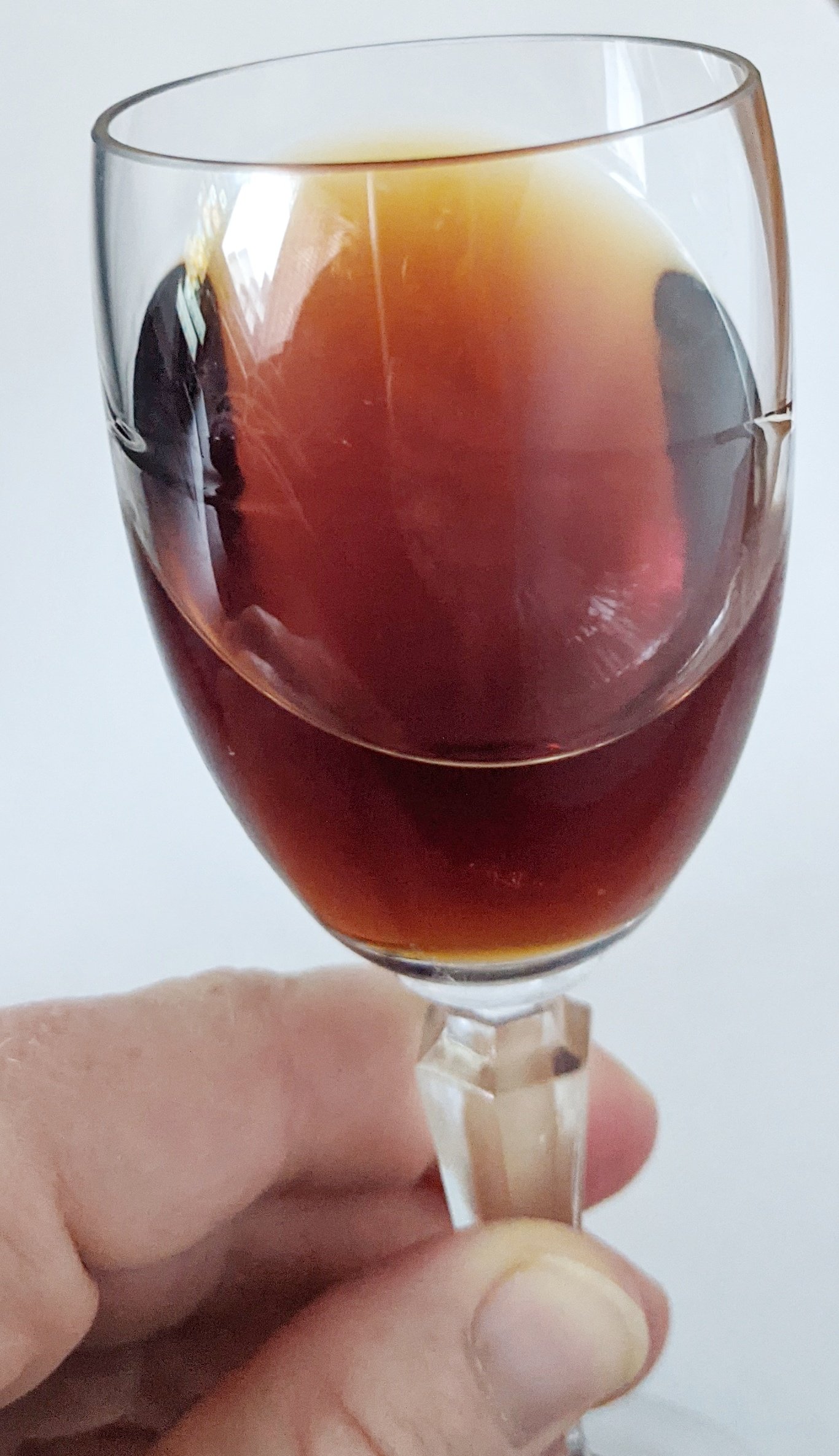
- Sherry: Grape spirit is added after the wine’s fermented to dryness.
Helpful Tip: Sherry is a whole different level of complicated when it comes to winemaking. Here’s an exhaustive overview of Sherry wine styles that explains how these unique wines are crafted.
- Port: Grape spirit gets added after the wine has fermented to 5%-7% alcohol. The alcohol spirit will kill the yeast, leaving sweet, unfermented grape juice behind making your Port wine sweet. Port must be 19%-22% alcohol by volume by regulation.
- Madeira: Similar to Port wine, Madeira wines start the fermentation process then spirit gets added, stopping the fermentation process and leaving behind a sweet fortified wine. Some Madeiras are sweeter than others, so they’ll add the spirit earlier in the fermentation process.
- Vin Doux Naturel (VDN): Unlike Port and Madeira, these sweet French fortified wines start fermentation, but only get to about 5%-8% before adding spirit. They’re fortified to 15%-18% alcohol by volume, making them viscous and lusciously sweet.
Helpful Wine Buying Post: VDN wines aren’t widely known, which is why I wrote this post on VDN wines and how to shop for one (so worth the effort).
Fortified vs Unfortified wine: Alcohol Level
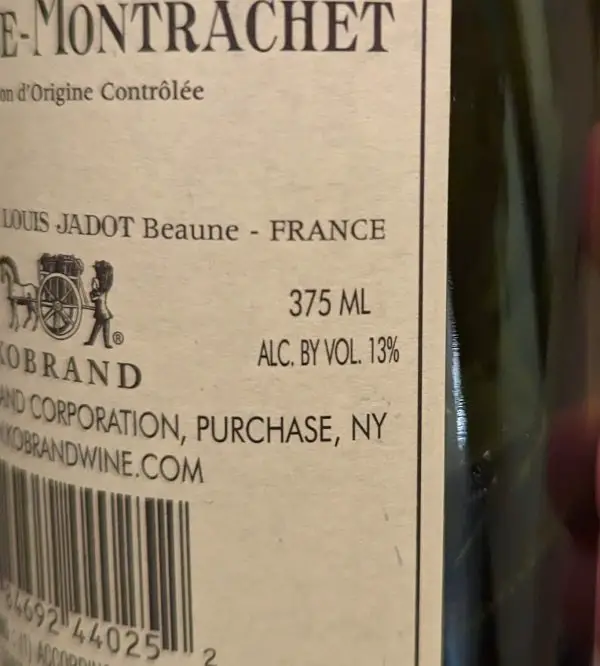
Fortified wines have higher alcohol than most unfortified wines. Fortified wines start at 15% alcohol by volume and go up to 22% ABV depending on the wine’s style. Unfortified wines can have alcohol as low as 5.5% and go up to 16%+ alcohol by volume, but usually are between 12%-15% ABV.
Most high-alcohol unfortified wines are still under 16% alcohol by volume.
The alcohol level in unfortified wine is directly tied to the overall ripeness level in the grapes. The riper the grapes, the more sugar that’s available to ferment into alcohol, and the higher the alcohol in your bottle of wine.
Helpful Wine Buying Tip: Some winegrowing regions are notorious for high-alcohol wines thanks to their hot growing climate. Lodi Zinfandels, for example, are regularly more than 16% alcohol by volume, even though they are unfortified wines.
What’s alcohol taste like? Fortified vs Unfortified wines
Fortified wines will have a noticeable burn in your mouth, throat, and chest. They will feel warm to drink. You may also taste the harsh spirit added to the wine.
Alcohol in unfortified wines will be integrated with the wine’s other flavors and textures. It shouldn’t stand out when you’re drinking.
How do you know if a wine is unfortified?
Read your wine labels to know if a wine is unfortified. Words like “fortified”, “dessert wine” or “Port-style” can mean that your wine is fortified. Next, look at the alcohol level. Wines under 15% alcohol by volume are unfortified.
Helpful Wine Buying Tip: Very few wines are fortified. You will need to seek them out deliberately when shopping for wine. Wine stores keep fortified wines together (usually in the very back of the store). You’ll never accidentally walk out of a wine shop with a bottle of fortified wine!
Fortified vs Unfortified wine: Flavors
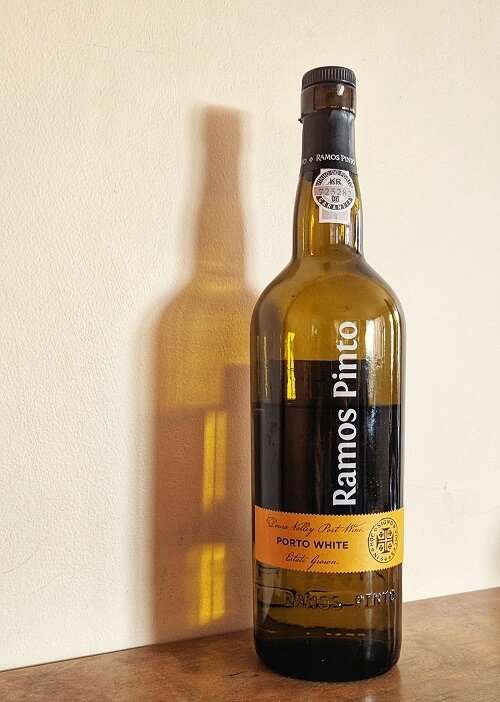
The flavors in unfortified wines are truly unique to the wine style. Here are a few examples:
- Sherry: Chamomile, yeast, walnut, almost, wood varnish, praline
- Port: Red and black berries, licorice, leather, purple flower
- Madeira: Butterscotch, orange peel, herbs, burnt toast, lemongrass, furniture polish
Yes, some people look for and even enjoy furniture polish-tasting wines!
The flavors of fortified wine vary widely thanks to their unique winemaking processes.
Unfortified wines tend to showcase fruit, herbs, flowers, and minerals, along with the hand of the winemaker if they used oak or a special aging regimen, for example.
Unlike some fortified wines, oxidized and deliberately baked flavors aren’t desirable in unfortified wines.
Fortified vs Unfortified wine: Body
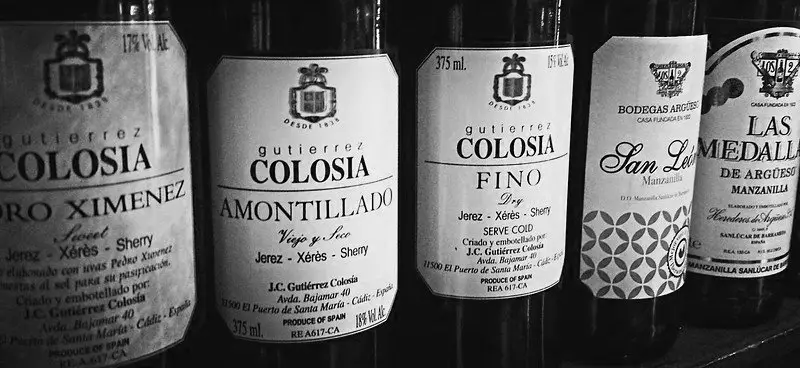
Higher alcohol levels, and in some cases sweet grape juice, mean that fortified wines have a fuller body than unfortified wines.
Alcohol adds body. Sugar adds body. Together, they make fortified wines feel heavier in your mouth.
Some dry fortified wines, like Fino Sherry, will have a lighter style, but generally speaking, expect fortified wines to be weighty.
Unfortified wines can range in style, from light to full-bodied. A good rule of thumb is if your unfortified wine has 14%+ alcohol by volume, expect it to be full-bodied. Lower-alcohol wines tend to be lighter bodied.
Fortified versus Unfortified Wine: Sugar
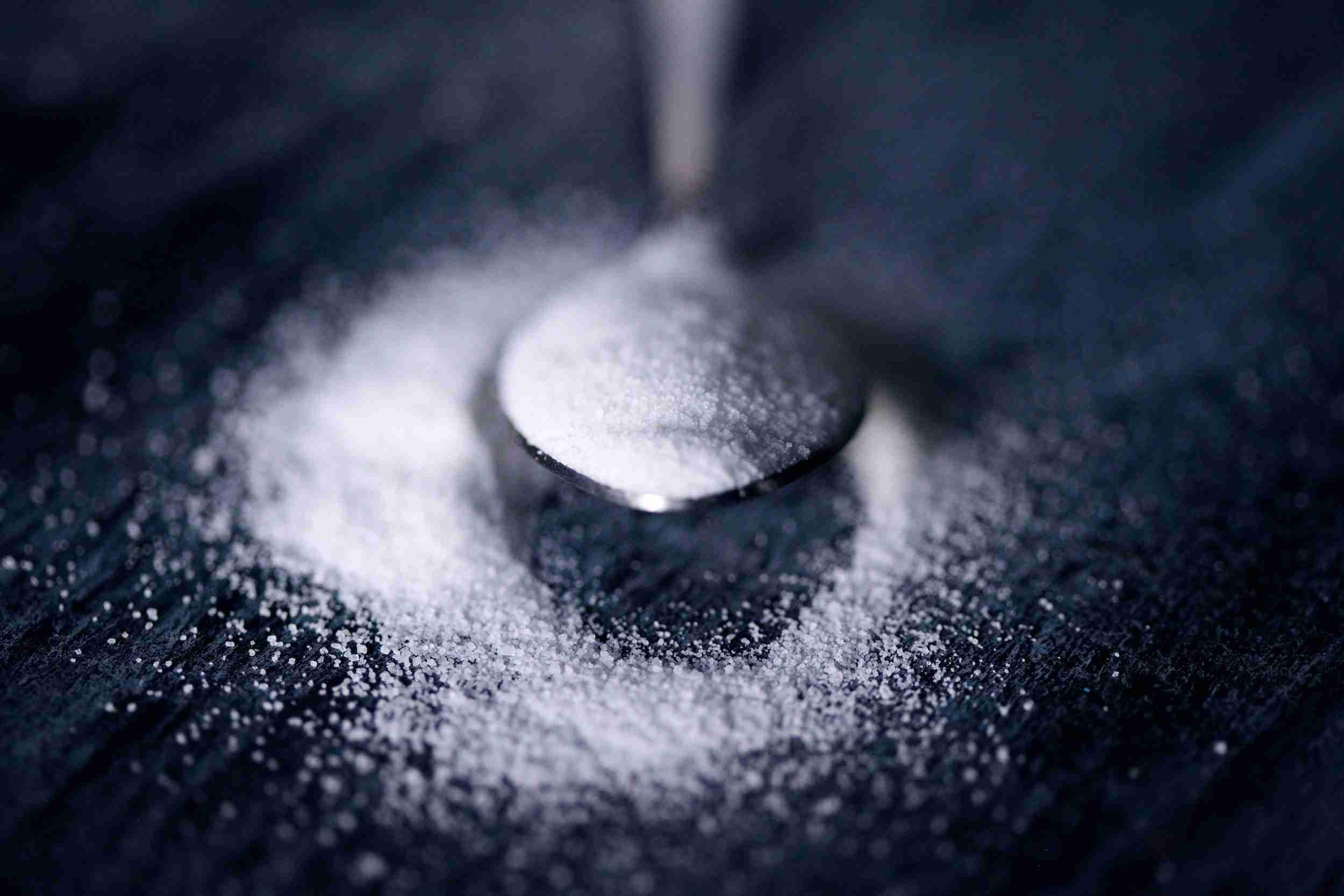
Despite what you might think, both fortified and unfortified wines can make dry to sweet styles of wine.
The sweetness level depends on the winemaking style.
Fino, Manzanilla, Amontillado, and Oloroso Sherries are all classic, bone-dry fortified wines.
Port, Madeira, and VDNs are always sweet and have sugar leftover from unfermented grape juice.
Likewise, unfortified wines can have sugar, or sweetness, in them. Wines like Riesling, Moscato d’Asti, and White Zinfandel are off-dry to medium sweet unfortified wines.
Helpful Wine Buying Tip: Most unfortified table wines are fermented to dryness with no leftover sugar, but it’s sometimes tricky to know for sure, so I wrote this post on how to figure out if you’re wine is sweet.
Fortified vs Unfortified wine: Popularity
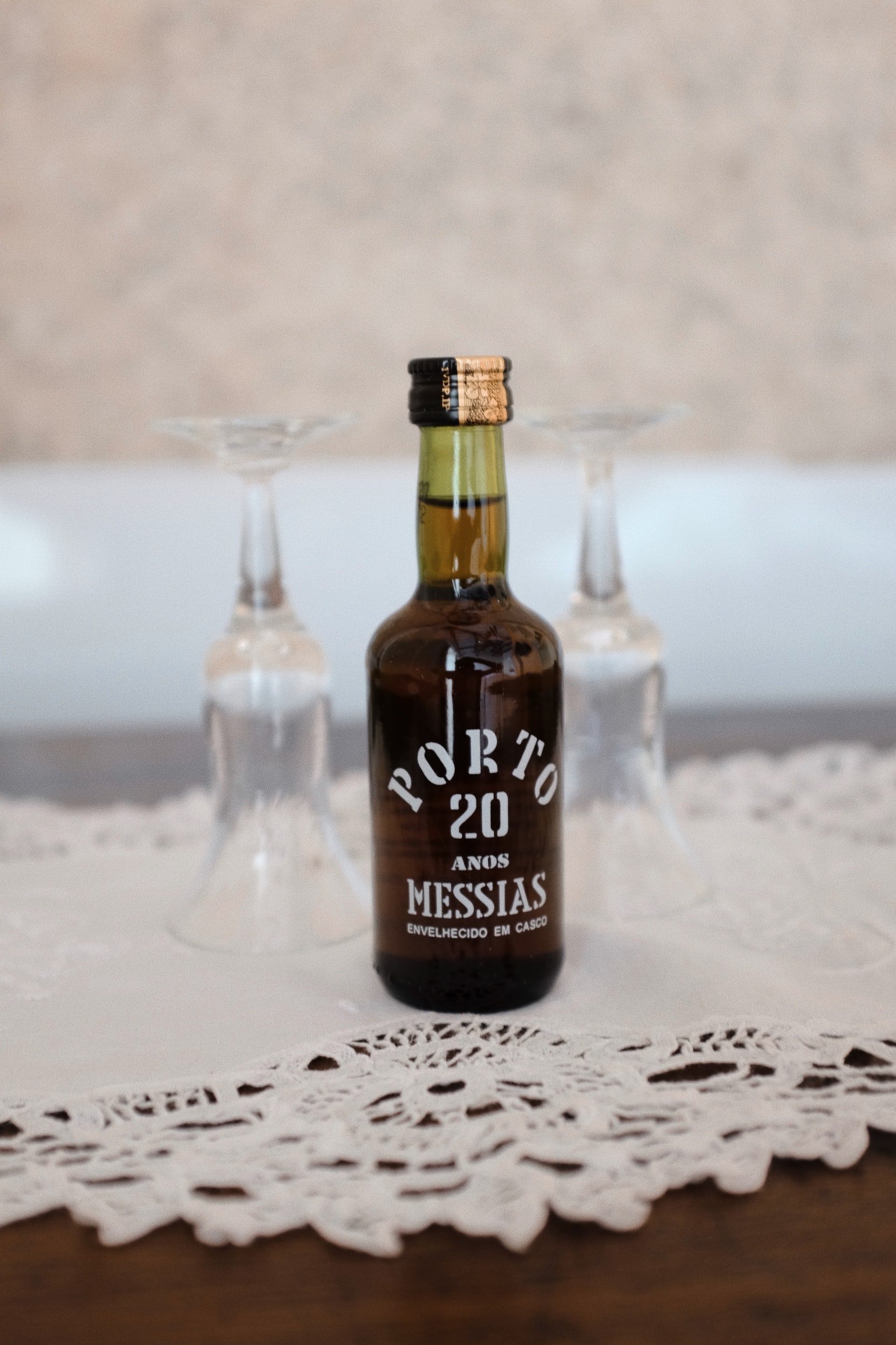
Fortified wines are less popular with wine drinkers than dry table wines, but this wasn’t always the case.
Thanks to their high alcohol, fortified wines are more stable and can last for years in bottle.
This made wines like Madeira, Marsala, Sherry, and Port more desirable in centuries past.
During a time before winemakers understood the science behind winemaking and how to prevent microbial spoilage, you at least knew that your fortified wine was going to taste good whereas your unfortified wine had a shelf-life of a few months.
Today, fortified wines suffer declining sales due to well-informed, health-conscious consumers.
Drinkers are well aware of the health effects of alcohol and government warnings about alcohol consumption.
High-alcohol, fortified wines aren’t as popular as unfortified wines.
Fun Wine Fact: Oversight bodies regulating the laws around wines like Sherry and Port are considering changing their regulations to allow for lower-alcohol wines that appeal to health-conscious consumers.
Are Certain Wines Fortified?
Is Pinot Noir a fortified wine?
No, Pinot Noir isn’t a traditional fortified wine. Pinot Noir grapes are used to make regularly dry table wines, rosé wines, and sparkling wines, but not fortified wines. Some small, boutique producers may craft batches of fortified Pinot Noir, but you’ll need to get lucky to find these rare bottlings.
Helpful Tip: Here’s a post on everything you need to know about Pinot Noir wine.
Is Moscato a fortified wine?
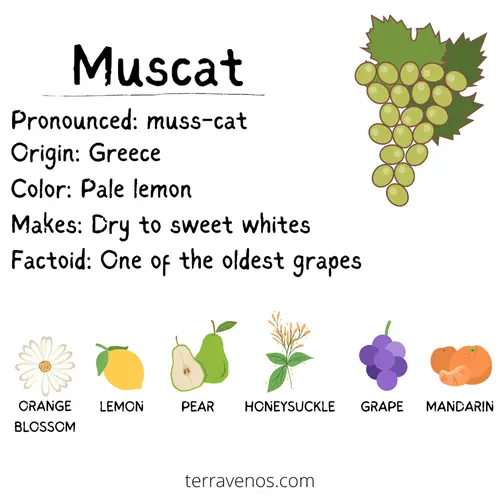
Muscat, the grape used to make Italian Moscato, is an ancient, aromatic white grape, that can be used to make fortified wines.
You’ll see Muscat grapes used in White Port, white Vin Doux Naturel, and fortified Sherry from the Chipiona region of Spain.
Helpful Wine Buying Tip: If you see the word “Moscato” on a bottle of wine, 99% chance it isn’t a fortified wine. Just know that the white Muscat grape can be used to make fortified wines, but these are rare and you’ll really need to go looking for them. Here’s what you need to know about Muscat wines.
Final Thoughts – Fortified versus Unfortified Wines – It’s all about spirits!
Non fortified, or unfortified wines are lower in alcohol and that alcohol comes from the grapes harvest and fermented into wine.
Fortified wines start out like a normal unfortified by fermenting grapes, but then at some point the winemaker adds spirit to to fortify the wine.
Fortified and unfortified wines can both be dry or sweet, and can be red, white, or rosé wines.
While many of the same grapes used to make fortified wines, like Muscat, are used to make fortified wines, not all wine grapes make fortified wines. Pinot Noir, for example, isn’t used to make fortified wines.
The best way to learn about fortified wines versus unfortified wines is to do a little side-by-side tasting comparison.
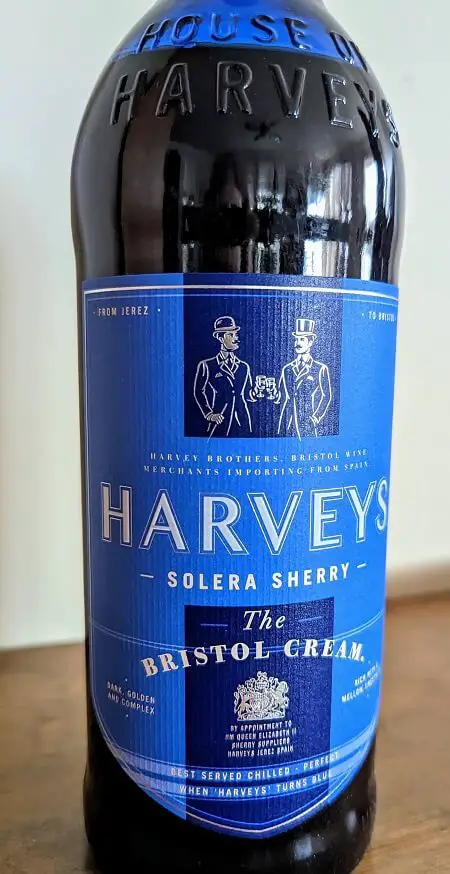
Try this tasting test:
- Buy 1 Bottle of Palomino Dry White Table Wine and 1 Bottle of Cream Sherry
Both of these wines are made using the same grape and are relatively inexpensive.
- Chill both bottles down.
- Pour the Palomino wine first and taste it.
- Pour the Cream Sherry second and taste it.
Answer the following questions:
- Which wine smells like fresh fruit? Which wine smells like dried fruit and flowers?
- Which wine is heavier in your mouth (has more body)?
- Which wine has more alcohol burn on your tongue, throat, and chest?
Thirsty for More?
Fortified wines come in a variety of styles made around the world. So, I put together this post that explores 10 types of fortified wines.
And here’s a post that will help you figure out if your wine is fortified (or not).
Aaaand… once you know you’re going to buy a fortified wine, I put together this post so you know which fortified wines are actually good.

